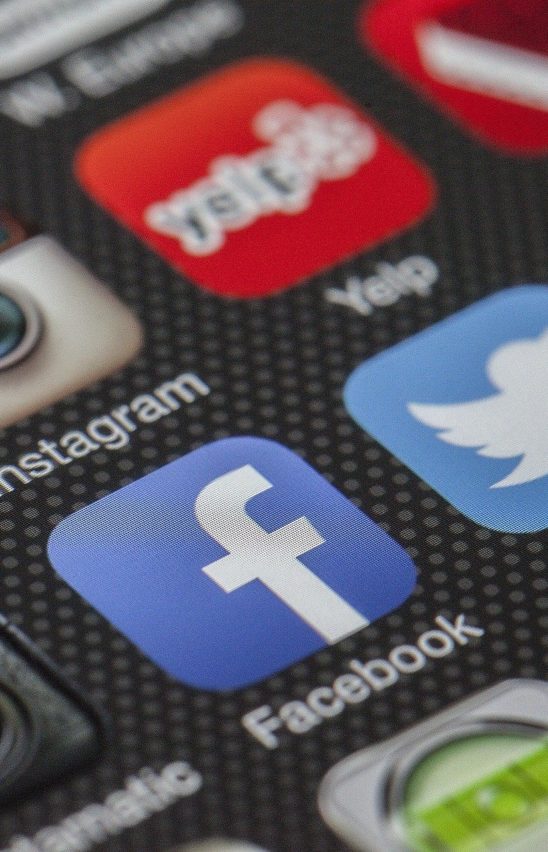
Businesses: how to get out of the social network trap?
Companies dream of creating the buzz. This new direct communication form, similar to word-of-mouth, can build an image by creating a reputation within communities or tribes that share information by email or social networks. But companies apprehend the dry and straight forward language and the lack of filters of these messages that spread over the web as fast as a wave… Businesses must therefore learn how to surf in order to not drown. Too often, they are overwhelmed by negative buzz and loose grounds regarding the communication they need to adopt. Companies have to often tendency to adopt purely defensive strategies instead of analyzing or explaining the offensive message. Result: they bring image trouble to themselves and weaken a little more their reputation.
However, if they took the time to build a solid digital identity on social networks, they could take advantage of the wonderful opportunities that offer online communication, as for example the one of appearing less austere and institutional. For that, businesses must cease to be afraid of dialogue and of interactive communication and consider that they as well have their place and things to say on social networks.
In order to communicate naturally and efficiently on social networks (mainly in times of crisis), businesses must accept to communicate regularly on these media and base themselves on a digital identity built step by step and on the long run (preferably before crises). Digital identity has specific codes. Many companies would gain by becoming simpler, more approachable and show themselves more humble on internet and social networks…without however falling into a caricature or by sending an image too far away of the seriousness they must continue to convey. The stronger their presence and capacity to create online events of projects that value them, the easier for them to rely on this valuable image in times of crises.
A double assessment must guide them: internet hates emptiness, but everything can resurface, the best like the worst. In times of crisis, the worst shows up… It is up to them to compensate by basing themselves on their solid digital identity by putting upfront was is susceptible to positively catch the internet users’ attention. The messages and the image that they convey of themselves on social networks must of course be in line with those conveyed through more classic communication tools. These two types of communication are complementary and are only relevant if they make two credible and coherent sides of one same personality.
